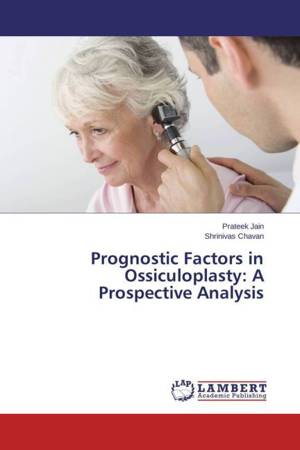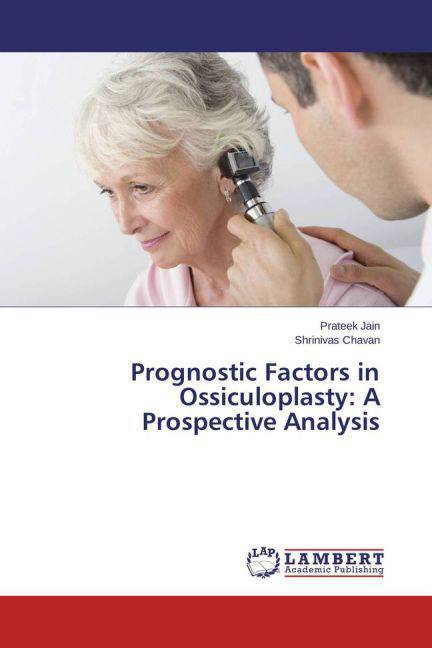
Je cadeautjes zeker op tijd in huis hebben voor de feestdagen? Kom langs in onze winkels en vind het perfecte geschenk!
- Afhalen na 1 uur in een winkel met voorraad
- Gratis thuislevering in België vanaf € 30
- Ruim aanbod met 7 miljoen producten
Je cadeautjes zeker op tijd in huis hebben voor de feestdagen? Kom langs in onze winkels en vind het perfecte geschenk!
- Afhalen na 1 uur in een winkel met voorraad
- Gratis thuislevering in België vanaf € 30
- Ruim aanbod met 7 miljoen producten
Zoeken
Prognostic Factors in Ossiculoplasty: A Prospective Analysis
A Prospective Analysis
Prateek Jain, Shrinivas Chavan
Paperback | Engels
€ 70,45
+ 140 punten
Omschrijving
One of the most intriguing topics in middle ear surgeries is the reconstruction of the conductive mechanism. Continuous research has lead to the gradual improvement in our understanding of design and material used for ossicular implants. But the ideal ossicular implant i.e. one that is biocompatible to enable osseointegration and biostable as well as having appropriate rigidity and weight, still remains elusive. The optimal results in ossicular reconstruction depend not only on the qualities of the prosthesis, but on the environment in which it is placed and the surgical techniques used. The success rate of ossiculoplasty has witnessed remarkable rise in past decades. Invention of binocular operating microscope has been a milestone in improving the success of middle ear surgeries including ossiculoplasty. Here, the authors have thrown light on the disease process affecting the ossicular chain and the prognostic factors affecting the outcome of ossiculoplasty considering postoperative hearing assessment of patients.
Specificaties
Betrokkenen
- Auteur(s):
- Uitgeverij:
Inhoud
- Aantal bladzijden:
- 168
- Taal:
- Engels
Eigenschappen
- Productcode (EAN):
- 9783659788345
- Verschijningsdatum:
- 13/10/2015
- Uitvoering:
- Paperback
- Afmetingen:
- 150 mm x 220 mm
- Gewicht:
- 254 g

Alleen bij Standaard Boekhandel
+ 140 punten op je klantenkaart van Standaard Boekhandel
Beoordelingen
We publiceren alleen reviews die voldoen aan de voorwaarden voor reviews. Bekijk onze voorwaarden voor reviews.









